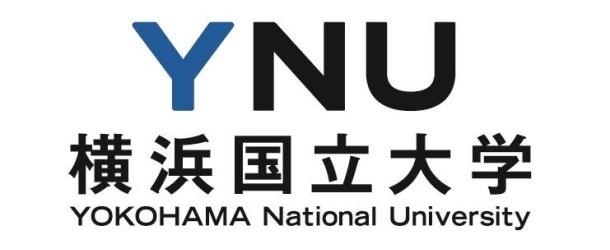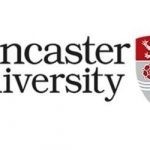Quest for Quantum Internet Gets a Boost with Technique from Yokohama National University for Making Entanglement

(Phys.org) Traditional ways of producing entanglements, necessary for the development of any ‘quantum internet’ linking quantum computers, are not very well suited for fiber optic telecoms networks used by today’s non-quantum internet. However, researchers at Yokohama National University (YNU) have come up with a new way to produce such particles that is much more compatible.
In today’s telecoms network, connected by fiber-optic cable, the photons that are transmitted tend to be absorbed within a few kilometers by the material the cable is made out of. In order to avoid deterioration of the signal, repeaters are established at regular intervals to amplify it.
Similar problems will bedevil efforts towards quantum communications—and ultimately a quantum internet. Tomoyuki Horikiri and colleagues at YNU are tackling this issue by developing a new source of entangled photons.
For decades, the most common way to produce entangled particles has been a technique called spontaneous parametric down-conversion, or SPDC. It uses crystals to convert single high-energy photons into pairs of entangled photons with half the original energy. “This has been great for quantum information experiments,” said Horikiri. “But for broadband quantum communications, SPDC is not very compatible with the very narrow energy transitions involved in production of the quantum memory needed for quantum repeaters.
Following on from this proof of concept for a new source of quantum-memory-compatible entangled photons that can be deployed through fiber-optic cable with low losses, the researchers now want to deploy their technique via multiple repeater nodes for much longer distances.



















